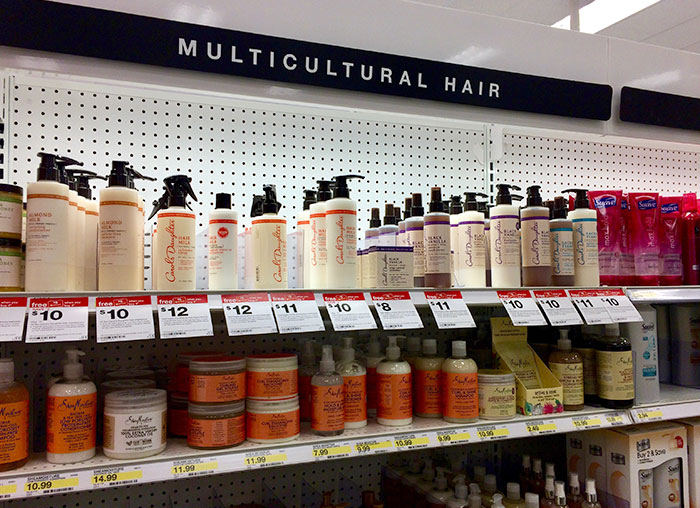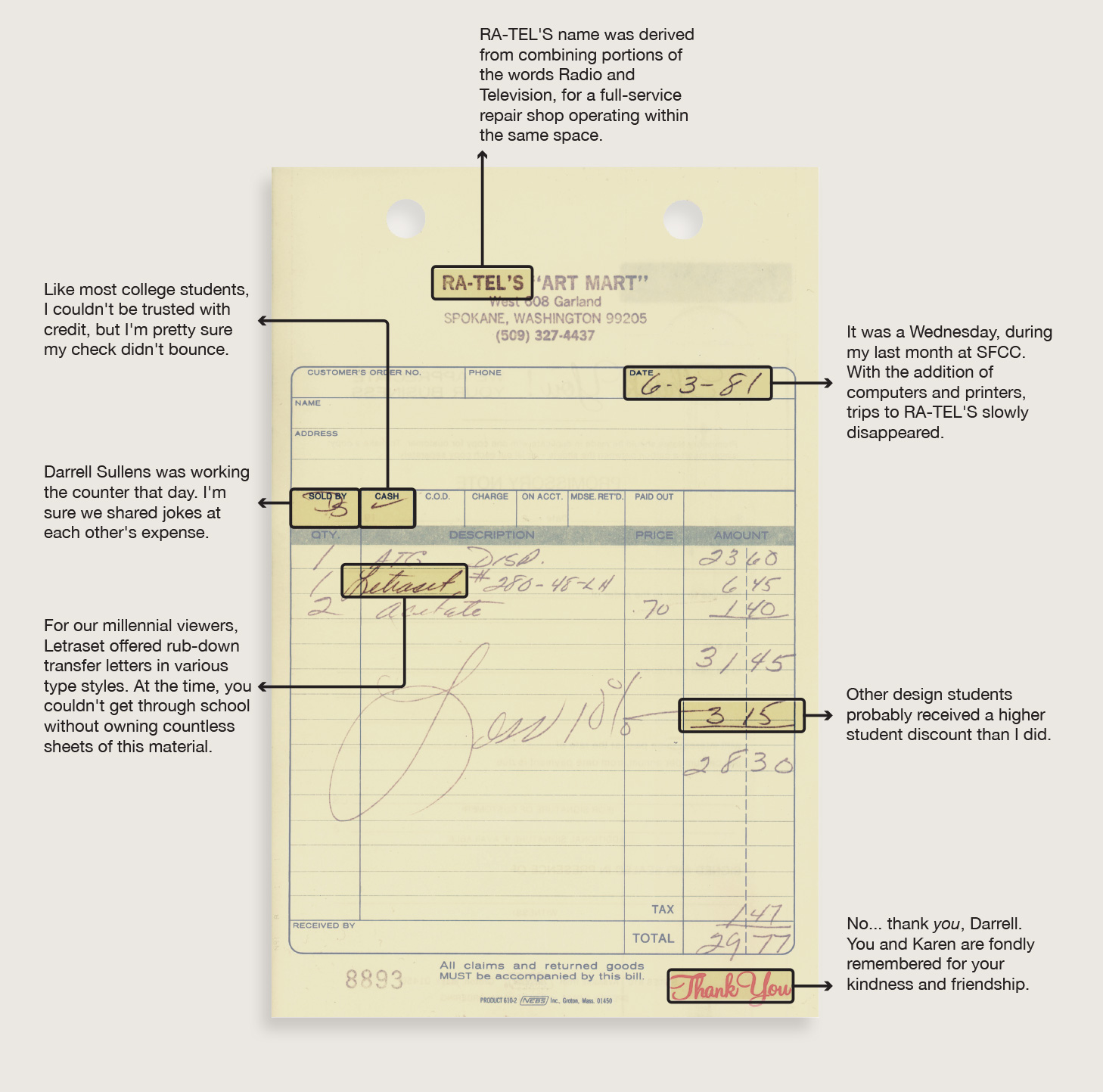“The sounds of the office are essentially sounds of paper and machines. Here are some of them, in a rough chronological sequence, from the start of a day to its end, or at least the end of the morning.”
That’s from the liner notes to Folkways Records FX 6142—The Sounds of the Office. Released in 1964, the album includes classics like “Plastic Laminator,” “Addressograph,” and “Postage Meter and Envelope Sealer.”
Wondering what The Sounds of helveticka would be? I put together a track list of the first hour:
Aaron unlocks the doors and turns on the lights
40 minutes of loud obnoxious music
door opens
feet shuffling on concrete floor
Skooch says “Good morning, Aaron”
Aaron grunts
door opens
“clomp clomp clomp clomp”
Courtney says “Good morning!”
Aaron nods
door opens
Shirlee complains about Spokane drivers
doorbell rings
CK greets his minions
minions respond in kind
Shirlee drops an F-bomb
Shirlee drops another F-bomb
Aaron closes his office door
Courtney and Skooch trade witticisms
And…that’s about it. It’ll go on like that for the next eight or nine hours or so. I mean, sure, Skooch occasionally ends up sobbing in the corner, but not as often as you might think.


